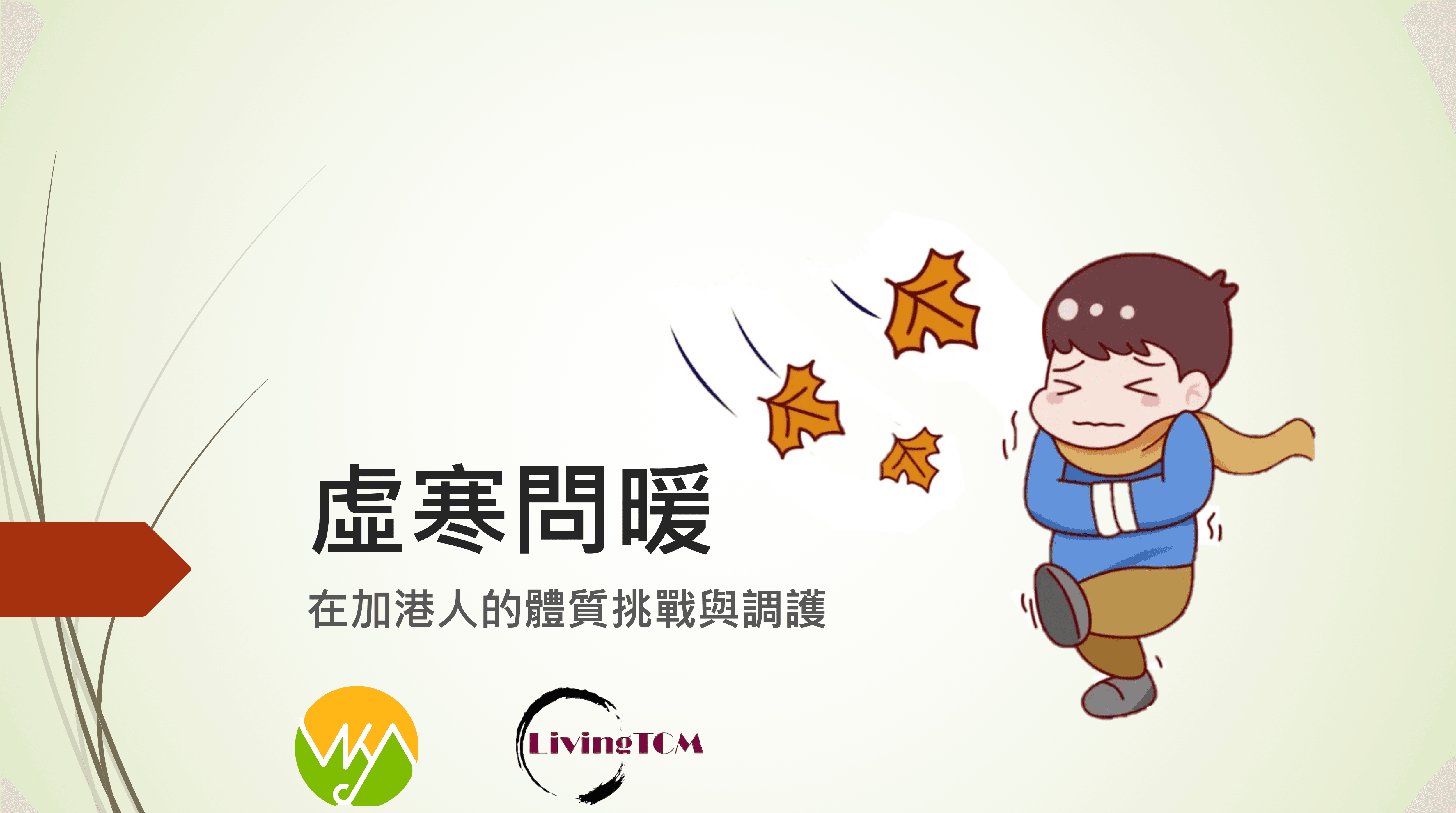話說在網站設立一年後的12月中,電郵在1日之內傳來了數十個標題為「Google 表格」但沒有內文的電郵。當時要花了點時間才弄懂清發生了甚麼事 ── 原來是因為有一群我估計是來自同一所台灣大學的青年朋友在同一天填寫了體質量表。在各別回覆查詢後,也對有關資料進行了簡單的統計。
In the middle of December, one year after the website was established, dozens of emails titled “Google Form” but with no content were received within a day. It took some time to understand what was happening at that time — it turned out that a group of young friends from what I estimated to be the same Taiwanese university had filled out a constitution questionnaire on the same day. After responding to each inquiry and conducting a simple statistical analysis of the data, everything became clear.

男女比例很懸殊呢,差不多是1:6。有甚麼學系會有這樣的男女生比例?
The gender ratio is quite disproportionate, almost 1:6 (Male:Female). What kind of department would have such a gender ratio?

年齡主要是介乎16-25歲,佔了94%。未知落入36-45年齡層的那一位是導師,還是mature student?
The age range is mainly between 16 and 25 years old, accounting for 94%. The unidentified individual in the 36-45 age group, are they a mentor or a mature student?

體質傾向方面,大部份的都是混合體質,即多於一種體質傾向。若以每人最明顯的體質傾向作統計,其分佈如左/上圖。其中只有3位人年青人符合平和質體質標準,約佔整體的1成。另外以陽虛體質為最多,8人,約佔25%。其次就是濕熱質,6位,約佔19%。
看著這個分佈,或許這群年青人在讀書之餘,都要不忘多到戶外活動活動,多曬一點陽光,也要少吃一點生冷呢!
Most individuals exhibit a mixed constitution, with more than one tendency. Notably, only 3 youths fit the balanced constitution, around 10% of the total. Yang deficiency is the most prevalent, with 8 individuals (25%), followed by Damp-Heat, with 6 (19%).
This suggests they should engage in outdoor activities, get more sunlight, and consume less cold food!


